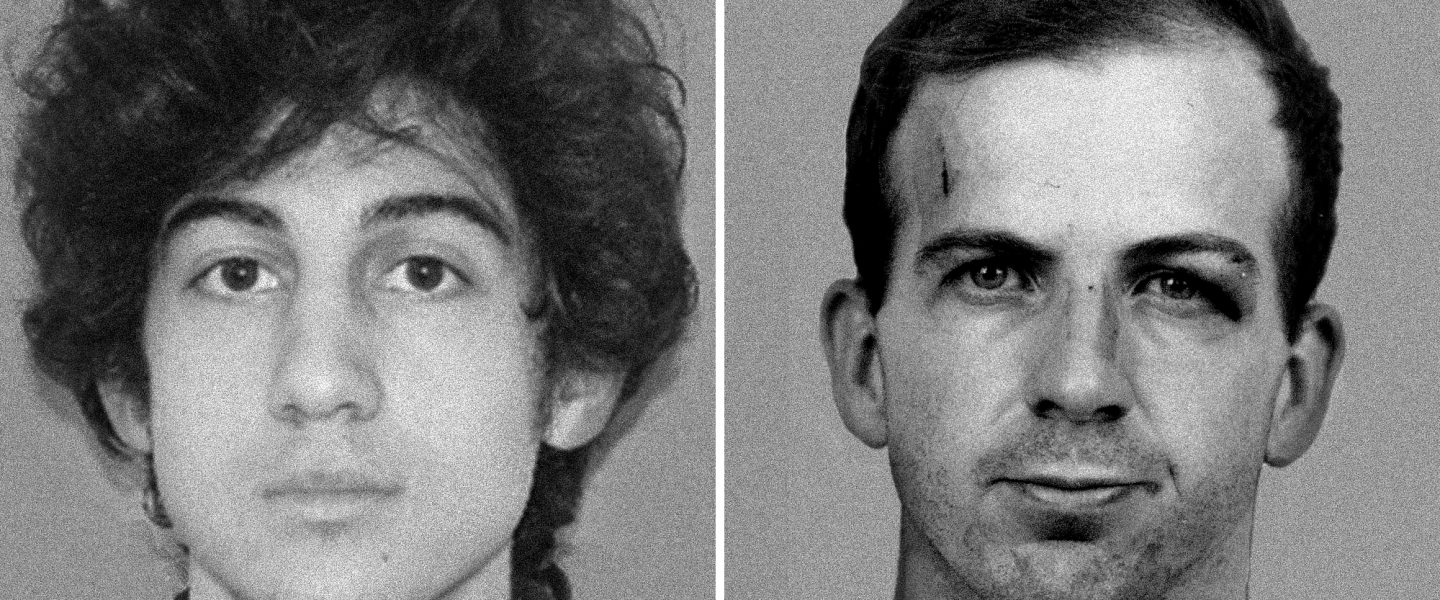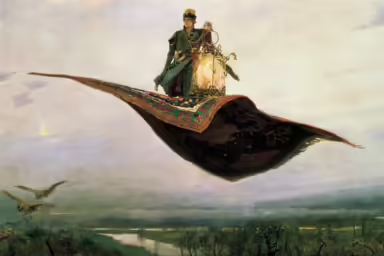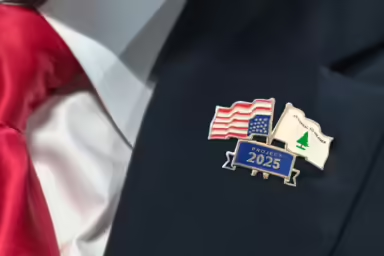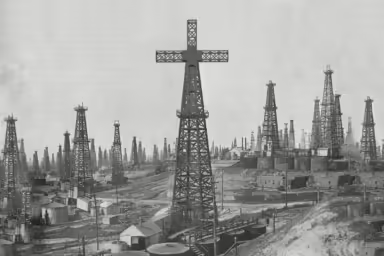A lot of curious aspects of this shocking case involving the Tsarnaev brothers remain unacknowledged, unaddressed and unresolved.
|
Listen To This Story
|
April 15 marks the 10th anniversary of the Boston Marathon bombing. Within days of the horrific attack, our news site, WhoWhatWhy, concerned about a growing list of anomalies in the face of a rapidly forming (and unvetted) media narrative, began investigating. In the weeks and months that followed, we produced dozens of articles and podcasts scrutinizing and establishing the facts.
Conflicting particulars emerged at the time — and much remains unclear. But according to American Manhunt, a recent Netflix documentary featuring key law enforcement figures, the following is a timeline of events after the explosions.
Per standard practice, the early investigation quickly focused on closed-circuit footage from local businesses. As FBI agents pored repeatedly over the video without success, the bureau got a lucky break when a member of the public reached out with still photos showing a bag on the ground near where the explosion would take place. The FBI matched those photos to a young man in a white hat, and later to a seemingly related man in a black hat.
What followed in rapid succession was a manhunt, the shooting of a police officer, and a climactic scene in which the two Boston Marathon Bombing suspects, brothers from a Muslim immigrant family from Chechnya, were cornered in a firefight. The older brother, Tamerlan Tsarnaev, died when the younger one, Dzhokhar Tsarnaev, accidentally drove over him while escaping. Dzhokhar was eventually found hiding in a boat in a neighborhood backyard.
After a trial in which he did not testify, nor asked why he had committed the act of which he was accused, he was convicted and is on death row in a federal maximum security prison.
Sadly, in a time of widespread “fake news” put out by a broad range of agenda-driven actors (including, sometimes, government itself), it is increasingly difficult to do serious, agnostic investigative reporting without being smeared as “conspiracy theorists” — i.e., crazed individuals who invent fanciful scenarios.
The story of the Marathon bombing is a fascinating one. It’s also an important one. It was the first major act of “domestic terrorism” since 9/11, and came just as public sentiment was calling for a relaxing of the extraordinary police state measures imposed after the 2001 attacks on the World Trade Center and Pentagon. Bostonians for the first time were ordered to “shelter in place” and the entire country was seized by a sense of panic and dread. Public sentiment then shifted; fear of Muslims again surged.
Ten years later, the vast majority of the outstanding questions and anomalies we raised at the time have still not been addressed.
As this was a watershed event, we believe it is the duty of the media to ask the tough questions, not simply parrot whatever the authorities say.
Sadly, in a time of widespread “fake news” put out by a broad range of agenda-driven actors (including, sometimes, government itself), it is increasingly difficult to do serious, agnostic investigative reporting without being smeared as “conspiracy theorists” — i.e., crazed individuals who invent fanciful scenarios.
However, our work speaks for itself and we will not be deterred. We believe that what we do is based on core principles of journalism, and represents a critical activity in the public interest. And we remind you: Digging into tragedies does not mean denying them. To the contrary. It means working hard to understand significant events in all their complexity — and contextualizing them.
We’re not the only ones seeing anomalies and unanswered questions. Ed Davis, who was Boston’s police commissioner at the time of the bombing, says in American Manhunt that he considers the bombs to have been way too sophisticated, and the detonation of both bombs too flawless, for the two brothers to have done it without help.
Intriguing Similarities: Events in Boston vs. Dallas
This is the first of what we hope will be a series of articles looking at the matter. Today, we focus on some fascinating underreported aspects, including intriguing similarities between this event and the assassination of President John F. Kennedy exactly 50 years earlier.
At the same time as the bombs went off at the Marathon, a suspicious fire broke out at the John F. Kennedy Library down the road, prompting observations of all the things the two historical traumas shared in common.
In the case of the JFK assassination, no one had any idea of who had done it — but within a short time of the shooting of the president, a police officer (J.D. Tippit) was shot in another neighborhood, inflaming police, who then received a tip and closed in on Lee Harvey Oswald in a movie theater. In the case of the Marathon Bombing, no one knew who had done it, but several days later, MIT campus police officer Sean Collier was shot, inflaming police, who, following a tip, went on a wild scramble searching for the brothers.
Both police shooting stories had many anomalies — including questions as to why the police officers happened to be in the locations they were when shot. Tippit’s reason for being where he was remains opaque. As for the MIT officer, Collier was sitting in his car parked next to a building on a plaza at night on a nearly empty campus, which MIT community members told us struck them as unusual; we were unable to confirm why he was there, and one MIT police officer rushed us outside and told us in hushed tones that he couldn’t say a thing about it, but that there was more to the story.
MIT administration asked us to leave campus because we were asking questions about potential student eyewitnesses to the shooting itself. It appeared to some that Collier may have been waiting to meet someone.
As with Oswald’s reason for killing Kennedy (friends said he was actually a fan of the president), no motive has ever been offered for the Marathon bombings other than an unverified assumption by narrators that Tamerlan was self-radicalized and simply decided to take this extraordinary action ruining the lives of others and his own. The younger brother’s abrupt about-face on Islam is even more baffling.
As for the shooting of the officer, the official story is that the brothers, who had one gun, needed another. No one explained why they could not simply have bought another gun, either in advance or at that point when their identities were not yet public. Or why they would have even gone through MIT at night and known the officer was parked there, off the empty street.
Dzhokhar was described by friends and teachers as popular, easygoing, and resolutely apolitical, without any hint of religious extremism. His older brother, Tamerlan, was only socially observant until some time before the bombings, when his behavior dramatically changed and he became strikingly more outwardly devout. This was in roughly the same period he was seeking US citizenship so he could try to qualify for the US Olympic boxing team.
Dzhokhar might be able to shed some light on these questions, but he hasn’t said anything publicly — not during his trial, and not since.
Attempts by WhoWhatWhy some years ago to interview him were rebuffed by the federal government, which gave us a classic run-around: One agency would tell us that we had to speak to some other agency, and then we were told that Dzhokhar would have to indicate that he was willing to speak with us — but then the authorities involved made it impossible for us to let him know we were trying to reach him.
The reasons advanced for keeping him isolated — and away from the media — make no sense. For example, he’s identified as a threat to communicate with other “terrorists,” yet the prosecution in the trial stated that he and his brother operated alone and had no confederates or sponsors.
We suspect Dzhokhar’s elder brother, who many believe was the instigator, would know much more than his younger brother but, like Oswald, Tamerlan was dead within days of the event. Dead too, sometime later, was a close friend of Tamerlan’s, shot by an FBI agent during a related interrogation.
More on all this to come.
# #





